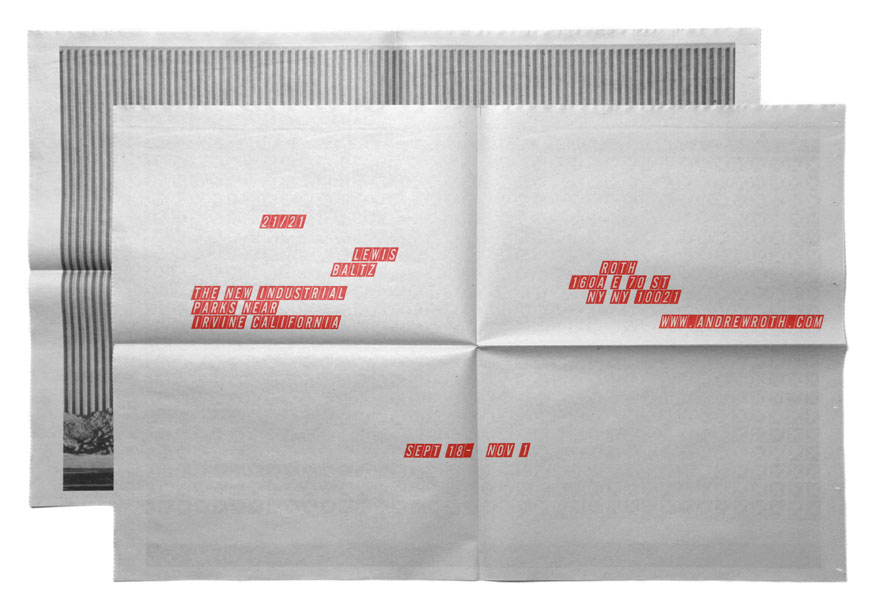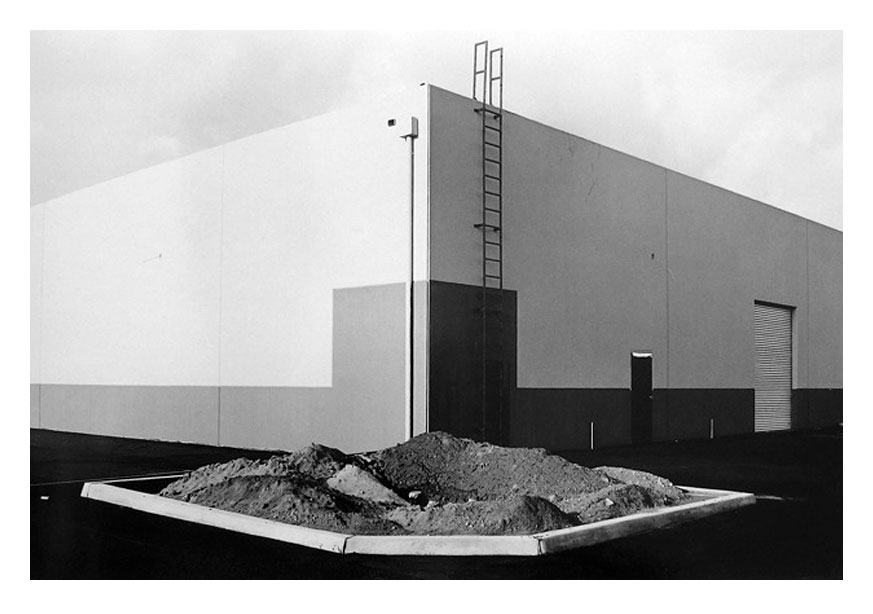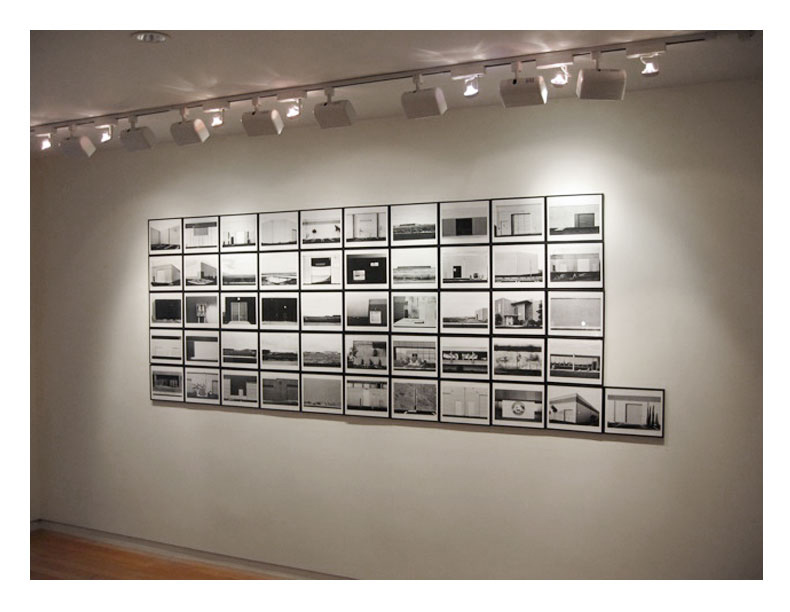Lewis Baltz
21/21 The New Industrial Parks near Irvine, California
September 18 - November 1, 2008
Andrew Roth is pleased to announce the opening of “21/21: Lewis Baltz, The New Industrial Parks near Irvine, California,” an exhibition of Baltz’s landmark series from 1974. The New Industrial Parks near Irvine, California was produced in an edition of 21 portfolios consisting of 51 photographs on the occasion of Baltz’s one-person exhibition at the Leo Castelli Gallery in 1975. Given the importance that Baltz has assigned to sequences of his photographs, this exhibition offers a rare and unique opportunity to appreciate this monumental series in its totality; sets have regularly been broken up with prints sold off individually.
The New Industrial Parks near Irvine, California was the first in an informal trilogy of works by Baltz — with Park City (1980) and San Quentin (1986) — and represented his first mature aesthetic strategy he had introduced with his Tract Houses (1971). The project’s title evokes the same blank specificity that characterizes the series’s images, which submit the sterile industrial architecture and uninhabited landscapes of Irvine’s industrial parks to a process of elegant and unsparing minimalism. Just as no detail or object takes precedence over any other within the pictures, neither is any single image in the series intended to be considered in isolation. When the photographs were originally exhibited, they were arranged on the wall in a grid to emphasize their uniformity and cohesion; the series achieved a similar and logical effect in book format.
In the same year that The New Industrial Parks near Irvine, California was published, Baltz’s work was featured in the seminal exhibition “New Topographics: Photographs of a Man-Altered Landscape” at George Eastman House, where his pictures appeared alongside those of other groundbreaking photographers such as Robert Adams, Stephen Shore, Frank Gohlke, Henry Wessel Jr., Bernd and Hilla Becher, and others. Along with Robert Adams, Baltz most clearly embodied the essence of the movement’s detached, critical depiction of the American landscape, in some ways more closely aligned with conceptual art than with traditional photography. The “New Topographics” exhibition and the ongoing careers of these artists have influenced photography in ways both immediate and long-lasting, and the sensibility is still visible in the work of contemporary photographers like Andreas Gursky, Edward Burtynsky, and Naoya Hatakeyama.
Lewis Baltz has continued pursuing his interests in built environments and their impact on ecology and the social fabric, with projects such as Le Ronde de Nuit (1992), Rule Without Exception (1993) and collaborations with architects and town planners. “21/21” is a rare glimpse of a photographic milestone.



